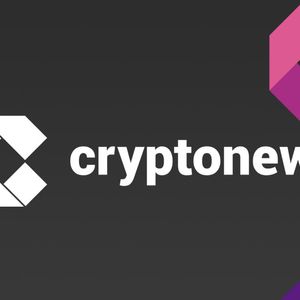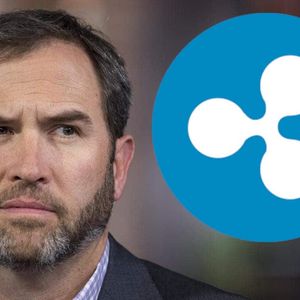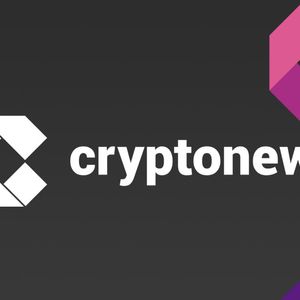Brett (@Brett_Crypto_X), a prominent crypto pundit on X and Bitrue ambassador, recently revealed why XRP is gaining ground with institutions in 2025. He emphasized that XRP is being chosen not for hype, but because of its practical, technical advantages in payment systems. Ripple News: Why XRP Is Winning Institutional Trust Let’s dive into what makes XRP the go-to choice for institutions in 2025. Spoiler: It’s all about speed, cost, and scalability. 1/ Ultra-low Fees Each XRP transaction costs just $0.00002 — and that fee stays consistent even… — Brett (@Brett_Crypto_X) May 17, 2025 Why Are Institutions Turning Toward XRP One of XRP’s strongest selling points is its predictable fee structure. Transactions cost just $0.00002, even during times of high network demand. Brett noted that even if XRP reached $1,000 in value, the transaction fee would still only be 0.00001 XRP. This fee stability gives institutions the certainty they need when operating at scale. Another advantage is that XRP doesn’t rely on miners or validator incentives. Instead, it uses a consensus mechanism that eliminates variable costs tied to network usage. Without rewards to chase or gas fees to compete, XRP avoids congestion that slows other blockchains down or makes them prohibitively expensive. Unlike other networks that take hours to settle, transactions on the XRP Ledger (XRPL) settle in under three seconds. Due to block production times, there is no need for multiple confirmations or delays. This speed is critical for enterprises where delayed settlement can impact liquidity, compliance, or customer experience. XRP’s deflationary model also appeals to institutions. Each transaction destroys a small amount of XRP, permanently removing it from circulation. This burn mechanism reduces spam and gradually lowers the total supply, contributing to long-term value without relying on artificial scarcity. We are on twitter, follow us to connect with us :- @TimesTabloid1 — TimesTabloid (@TimesTabloid1) July 15, 2023 Brett also noted that the XRP network can handle 1,500 transactions per second, consistently and without slowdown. While other networks often see performance dips under load, XRP’s throughput remains stable, making it suitable for high-frequency operations in real-world environments. Institutional Benefits That Matter Brett highlighted several features that appeal directly to institutional users: real-time confirmations, no need for pre-funded accounts in cross-border payments, and a flat, low-fee structure. Together, these characteristics position XRP as a serious infrastructure layer for modern payments. “No one wants to pay $30 to send $30,” Brett remarked, pointing out the impracticality of networks with high and variable fees. XRP avoids that problem entirely, and Michael Arrington, founder of TechCrunch, recently showed the asset’s advantages with a $50 million transaction that cost $0.3 and was completed in a few seconds. XRP was not designed for speculation but for efficient, scalable payments. XRP’s design choices are proving well-suited for institutions seeking speed, reliability, and cost-efficiency in their operations, and the growing institutional adoption shows its superiority to other assets. Disclaimer : This content is meant to inform and should not be considered financial advice. The views expressed in this article may include the author’s personal opinions and do not represent Times Tabloid’s opinion. Readers are urged to do in-depth research before making any investment decisions. Any action taken by the reader is strictly at their own risk. Times Tabloid is not responsible for any financial losses. Follow us on X , Facebook , Telegram , and Google News The post Nine Reasons Why XRP Is Winning Institutional Trust in 2025 appeared first on Times Tabloid .



















